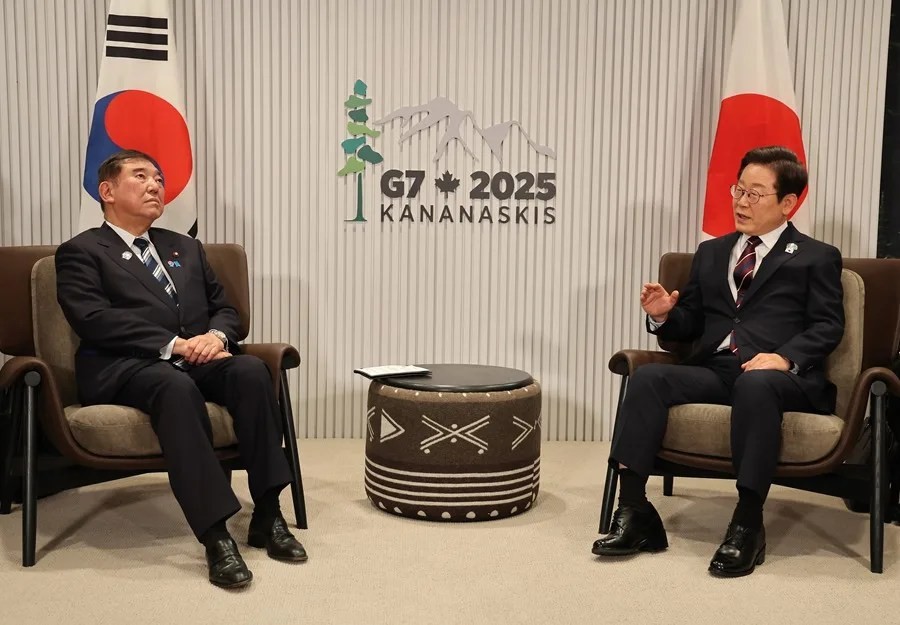Japan and South Korea’s New Overture: Are Strategic Interests or Political Convenience Driving This Diplomatic Dance?
As Japan’s Prime Minister Ishiba hosts South Korean President Lee in Tokyo, this first face-to-face meeting tests whether longstanding disputes can truly yield to pragmatic cooperation—or if deeper national interests are being sidelined.

Tokyo recently became the stage for a high-stakes diplomatic encounter as Japanese Prime Minister Shigeru Ishiba welcomed South Korean President Lee Jae-myung for his very first overseas visit since taking office. Ostensibly, this summit aims to solidify a thaw in bilateral relations after years marked by historical grievances and mistrust.
Is History Being Set Aside for Strategic Convenience?
The choice of Japan as President Lee’s inaugural foreign destination sends a clear message: both nations recognize their intertwined fates amid mounting regional threats. Yet, how sustainable is this newfound harmony when so much remains unresolved beneath the surface? The thorny issues—ranging from memories of wartime atrocities to trade hostilities—have long poisoned trust. Lee’s softened rhetoric, particularly his adherence to the contentious 2015 agreement on “comfort women,” signals a pragmatic pivot, but one wonders if political expediency is outpacing genuine reconciliation.
Meanwhile, Tokyo and Seoul share compelling reasons to seek common ground. North Korea’s nuclear ambitions persist as an urgent menace, while China’s expanding military reach challenges American influence across Asia-Pacific—a region central to America’s national security strategy. These dynamics demand closer coordination among U.S. allies like Japan and South Korea, yet does smoothing over historical wounds risk sidelining the national sovereignty and dignity that underpin true alliances?
Diplomacy or Distraction? What Lies Ahead for America’s Asian Allies
This summit unfolds amid pressure from Washington, where President Trump’s unpredictable tariffs strain economic ties even among close partners. As both countries prepare to meet Trump soon after this bilateral dialogue, they walk a diplomatic tightrope balancing security cooperation with economic self-interest.
Critically, the restoration of regular leader visits—the so-called “diplomacy itinerante”—represents progress. However, Washington must remain vigilant that such gestures translate into tangible policy alignment prioritizing America First principles: protecting sovereignty against coercion, fostering free-market prosperity without harmful tariffs, and reinforcing collective security against authoritarian threats.
For everyday Americans invested in global stability and economic strength, these diplomatic overtures matter profoundly. How long will Washington tolerate any fissures among its key East Asian allies before they become liabilities? Can Japan and South Korea overcome decades of division not only in words but through steadfast partnership that advances freedom rather than convenience?
